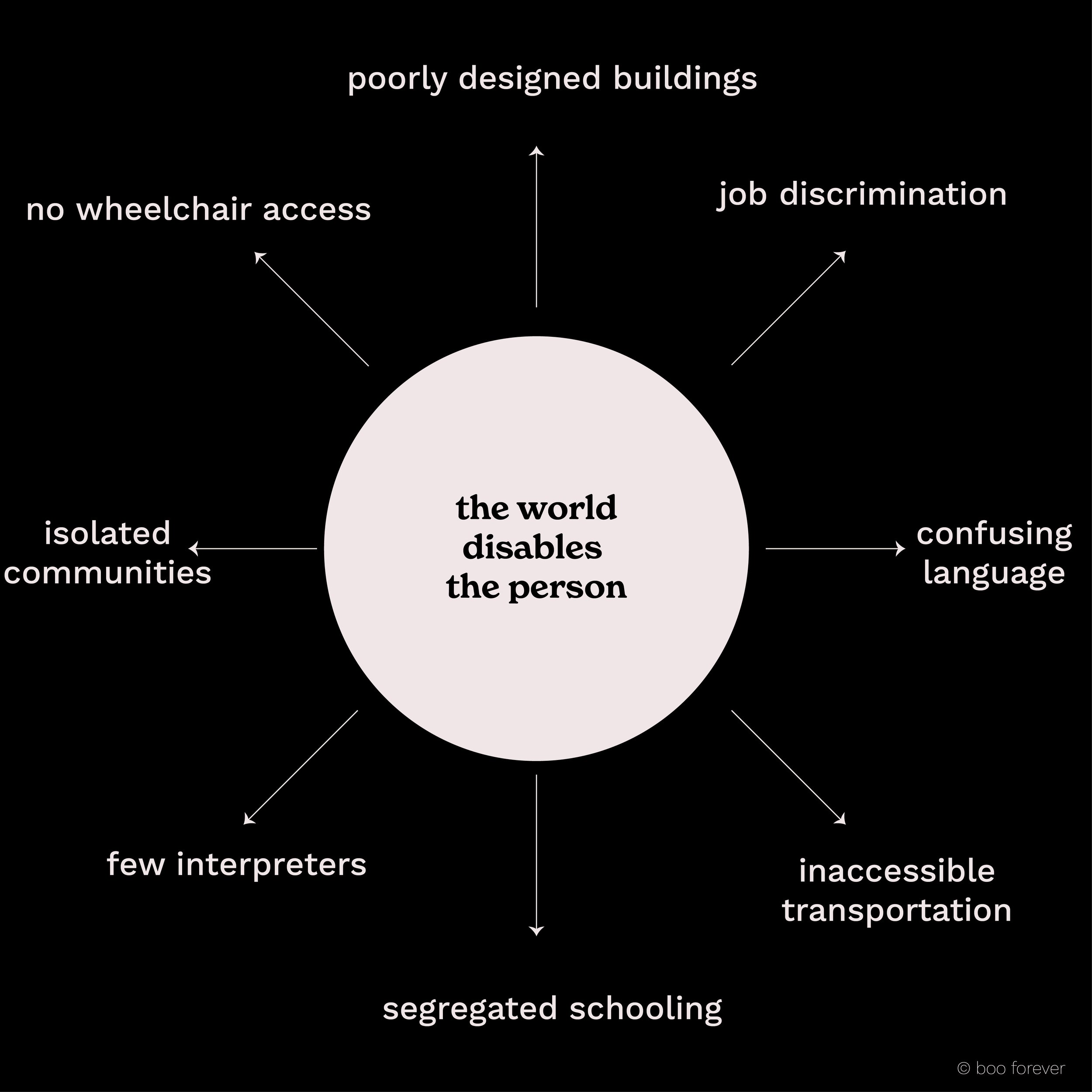cut the crap: write in plain english
As a voracious reader, I get turned on by creative language use. Layered narratives, prose that reads like poetry, and linguistic complexity that I have to spend time deciphering is hot. But I know that not everyone shares my tastes.
I think it’s important that language be accessible. Information should be easy to understand and digest so more people can learn about new things and understand different people’s experiences. The more people understand other concepts, the closer we can reach shared agreements.
An under-educated public means people may not understand how to determine fiction from reality. Complicated language also means that people are more prone to manipulation. Legal language especially feels convoluted to prevent people from understanding their rights.
I see so many people writing or sharing academic-type articles, and I find it off-putting. I am not against academies or universities, but I am against the elitism that people who attend them hold onto. Not everyone has the privilege of higher education. That does not mean people should be barred from continued learning.
Why write in plain English
When faced with complex information, people become frustrated. Feeling confused, they are more likely to resort to simple narratives to regain control. Whether those narratives are true or not does not matter—the important thing people seek is a language they can understand.
Writing in plain English “gives people information they understand, and enables them to make informed choices.” For that reason alone, I find it a writing skill everyone should learn. When you use plain English, more people can follow along with what you are trying to present.
Inclusive content, or language in plain English, also accommodates people from multiple aspects of life. This includes people with lower reading levels, people who use English as a second language, and people who process information differently.
I like to apply the social model of disability to language. The social model of disability states that “the oppression and exclusion people with impairments face is caused by the way society is run and organized.” In other words, the problem is not with the disabled person; rather, the world is disabling to people.
When language is adaptable to meet the reader’s level of understanding, it enables them. When language is complicated, it disables them. It also prevents them from wanting to learn more about your topic of expertise.
How to simplify your language
Write for your audience. If you want a broader reach, simplify as much as possible. If you are writing for a particular audience who already has some understanding of the topic, you may be able to add some nuance to your writing. Not everything you write will be accessible to everyone. Consider who your language is excluding. Determine if you’re OK with that for your purpose.
Be direct, and use the active voice as much as possible. Using the active voice makes the subject and verb easy to understand. And using action verbs such as “determined,” “accomplished,” and other power words can make your writing more convincing.
Keep sentences and paragraphs short. Sentences should aim to stay under 20 words as much as possible. Cut wordy phrases to make your language more straightforward. Some examples of this would be cutting the phrase “for the following reasons” to “because”; or “in the vicinity of” to “near.” The shorter you can say it, the easier it is for readers to understand!
Spend time explaining unfamiliar jargon or concepts. It’s OK to break things down into really simple, basic terms. Doing so does not reflect on your level of understanding of the topic. Teaching something unfamiliar to a new audience is an extremely useful skill with many applications in life.
Use short words instead of long words. Examples of this include using “put” instead of “implement”; “help” instead of “facilitate”; or “find” instead of “ascertain.” In general, you might nix words with more than three syllables in favor of a more simple word. You can use a thesaurus to find those shorter words to help you write.
Language tools like Grammarly are incredibly resourceful to help with simplifying your language. It enables you to catch simple grammar mistakes and points out sentences that may be hard for a general reader to understand.
The Flesch-Kincaid calculator is another tool you can use to determine how readable your text is. Policy writers, research communicators, marketers, and educators developed it to determine what level of education your writing reads. You can access the tool using many applications, including Microsoft Word, or an online calculator such as this one. To reach a broader audience, aim for a level that would reach an 8th grader or lower.
Write like you talk
Another important tip is to read what you write out loud before publishing. When you read it out loud, to yourself or someone else, you can tell if it sounds like something you would say in conversation or not. The more conversational your language is, the easier it is for people to follow.
When we talk out loud, we usually use simple and direct language. Our sentences are generally short and straight to the point. Our language is casual and free from fancy jargon or flowery words.
Writing with a conversational tone makes you come across as more confident, too. People are more likely to trust that what you tell them is true. As this article about conversational writing from Axios explains, the consequence of using complicated language “usually stems from junior folks trying to sound smart.”
In conclusion
Inclusive language is crucial to spreading ideas. The more people can comprehend different content, the more they can make informed choices. They will be able to make smarter decisions for the best interest of themselves and others around them.
As I wrote in another blog post about how to tell better stories, we have a choice to use our words wisely to get closer to the outcomes we want, or continue to use failed methods that get us further away from where we want to be. I want writing to be the tool that empowers people to navigate the world in more mindful ways. I hope we all become sharper writers to create more beauty, joy, and pleasure.
More resources
Writing Science in Plain English. The author wrote this book for scientists, but the lessons can apply to people with different interests or specialties.
Plain English Resources from NALA (National Adult Literacy Agency of Ireland). This online resource has style guides for different categories, including medical, legal, and climate change. It also includes tips for accessible content design.
Accessibility Style Manual from the Australian Government. This resource is the home for the Australian Government to use inclusive language. Government agencies arguably have the most considerable responsibility of using accessible language so that all residents can understand their rights and access resources.
LinkedIn Learning Course: Writing in Plain English. This is an excellent, 2-hour course to take online with some more insightful tips and writing exercises. Pro-tip: if you have a library card, you can access LinkedIn Learning for free!
Note: Nobody is paying me to write these posts. If you liked what you read want to support this work, consider sending a donation to my tip jar.
Do you want to contribute to the conversation? Contact me or leave a comment below with your thoughts, insights, or applied learning.


